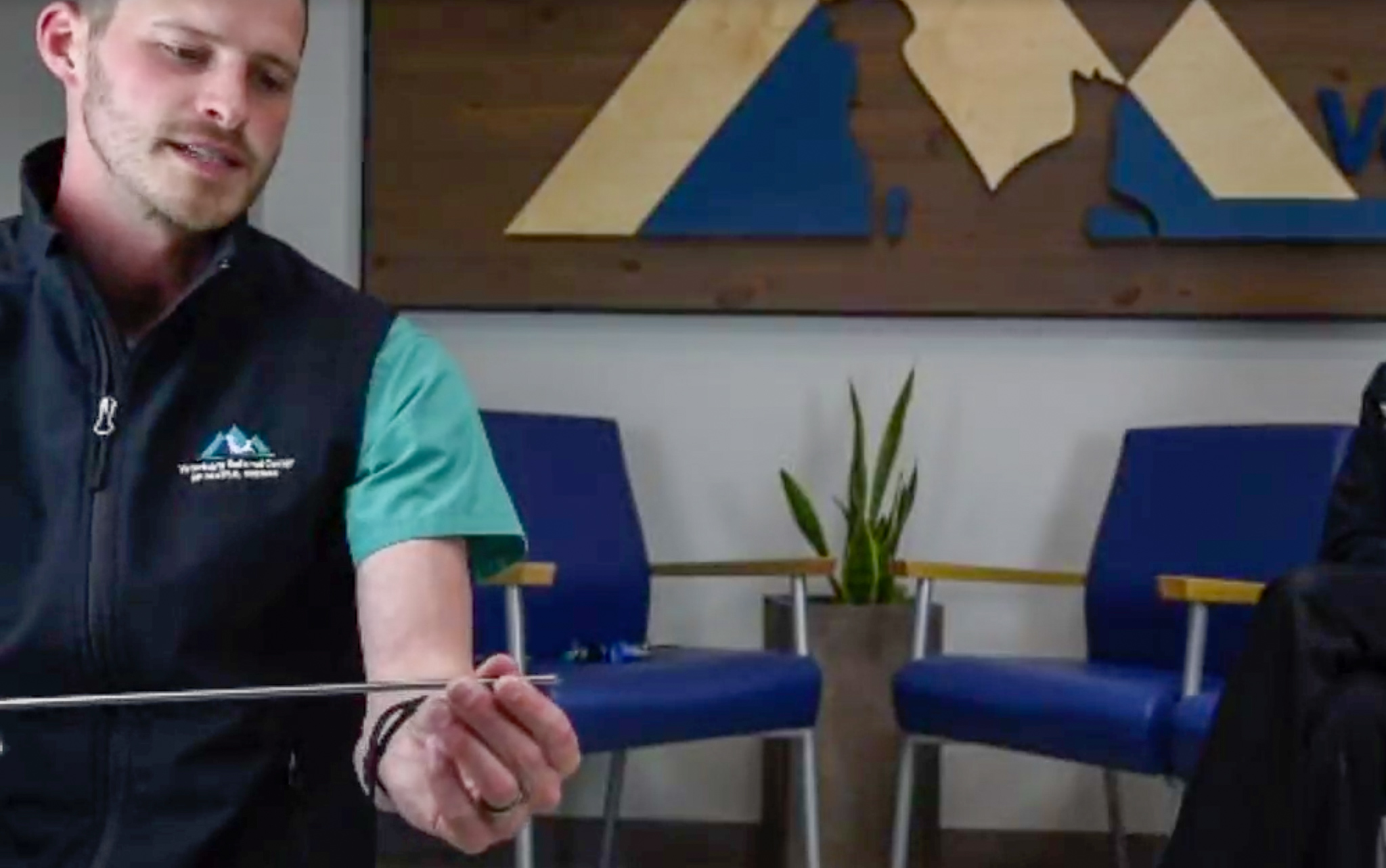Minimally Invasive Surgeries
What Is Minimally Invasive Surgery for Pets?
Minimally invasive surgery for pets is one of a number of surgical procedures that uses a small opening and a scope to treat an issue. Another name for it is “keyhole surgery.” In comparison, open surgery involves a much larger incision, and often considerably more pain medication. While minimally invasive surgery for humans has become standard for many procedures, including gall bladder removal and joint issues, it is less common in the veterinary field. Board-certified veterinary surgeon Dr. Stephen Stockdale sat down with VRC dermatologist Dr. Jennifer Bentley on this week’s Facebook Live video to talk about what minimally invasive surgery is, and how it can benefit your pet.
The Scoop On the “Scope”
According to Dr. Stockdale, veterinary surgeons require two essentials in order to offer minimally invasive procedures to their patients: training and tools. While Dr. Stockdale practiced
these kinds of surgeries in his residency, he says he continues to take trainings to stay current with evolving techniques. The procedures employ a scope inserted through a small incision. Types of minimally invasive surgery for cats and dogs include:
- Laparoscopy – used to examine and treat issues in the abdominal cavity
- Thoracoscopy – used to examine and treat issues in the lungs and thoracic cavity
- Arthroscopy – used to examine and treat joint damage
Check out VRC’s Facebook Live video to see the different types of scopes up close, and how they work. The most common applications of these procedures are ovary removal in female pets (“spaying”), tumor removal, and treatment of damaged joints. Prophylactic tacking is a surgical procedure that anchors the stomach walls to prevent them from twisting. This procedure can be done proactively (and alongside spaying) for large-breed dogs susceptible to bloating and GDV.
What Are the Benefits of Minimally Invasive Surgery for Pets?
The bottom line on the benefits of minimally invasive surgery for your pet is that it’s easier on your dog or cat. Recovery is quicker, and requires less pain management for your pet. In addition, these procedures provide a way for your veterinary surgeon to better assess and diagnose a health problem or issue. The scopes enable images to be captured, magnified and put on a screen. These detailed (and, as Dr. Stockdale says, “beautiful,”) live-action high-def images enable surgeons to see more than they could with the naked eye. In some cases, a problem can be examined, diagnosed, and treated at the same time.
How Available is Minimally Invasive Surgery for Dogs & Cats?
While not as widely utilized in veterinary practice as it is for humans, Dr. Stockdale at VRCCO encourages pet parents to ask their vet whether minimally invasive surgery is an option for their dog or cat. Sometimes it isn’t, and open surgery or another method of treatment is necessary. However, procedures such as laparoscopic surgery for older dogs can be particularly beneficial. For an older dog, removing a gall bladder by laparoscopy causes significantly less stress on the body and cuts recovery time, making a surgical procedure viable for an otherwise vulnerable pet.
Ask your vet about whether or not minimally invasive surgery for your pet is an option. And visit the VRC blog to learn more about Central Oregon’s first and only 16-slice computerized tomography (CT or CAT) scanner for dedicated use on animals, right here at Veterinary Referral Center of Central Oregon.



